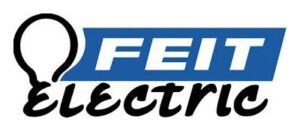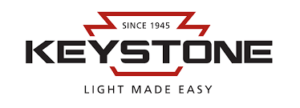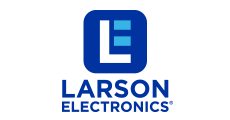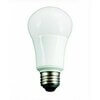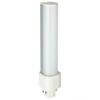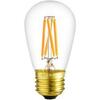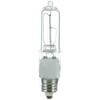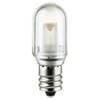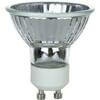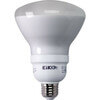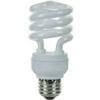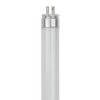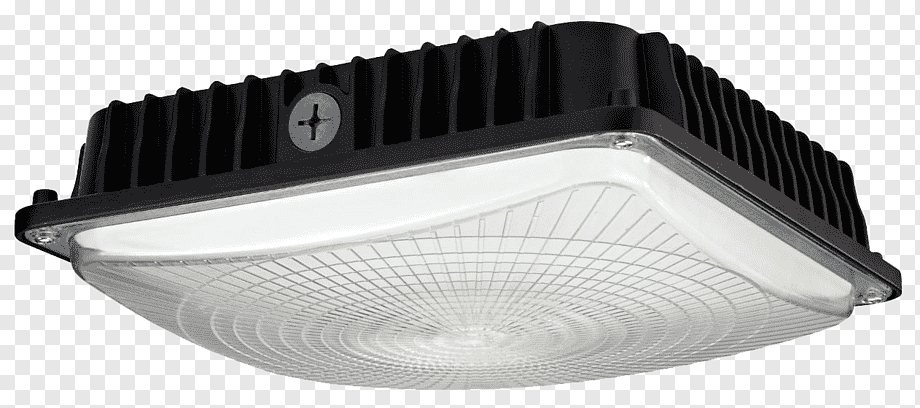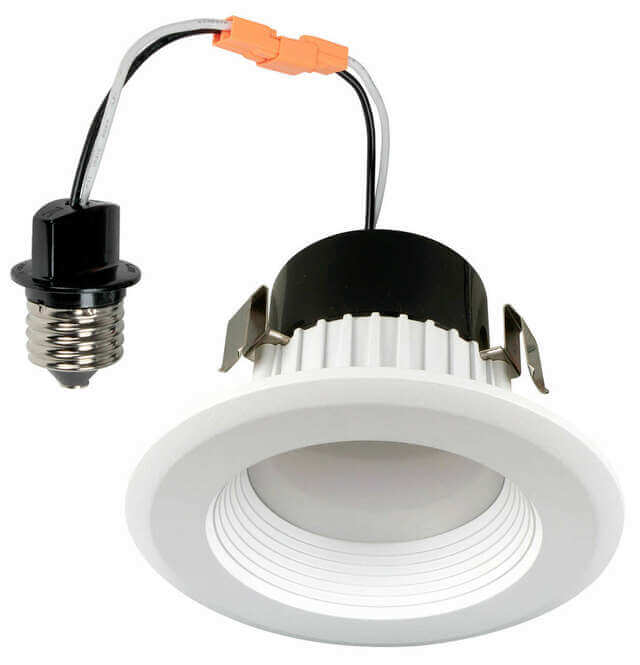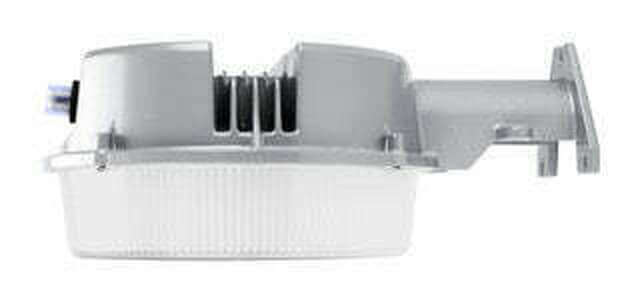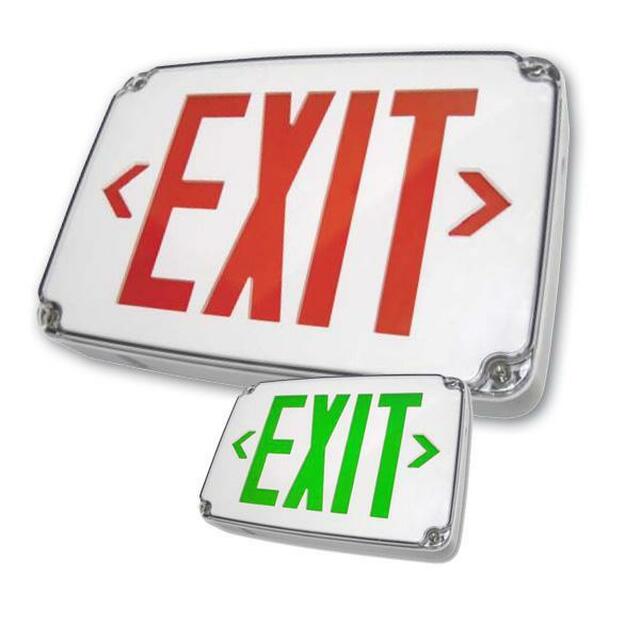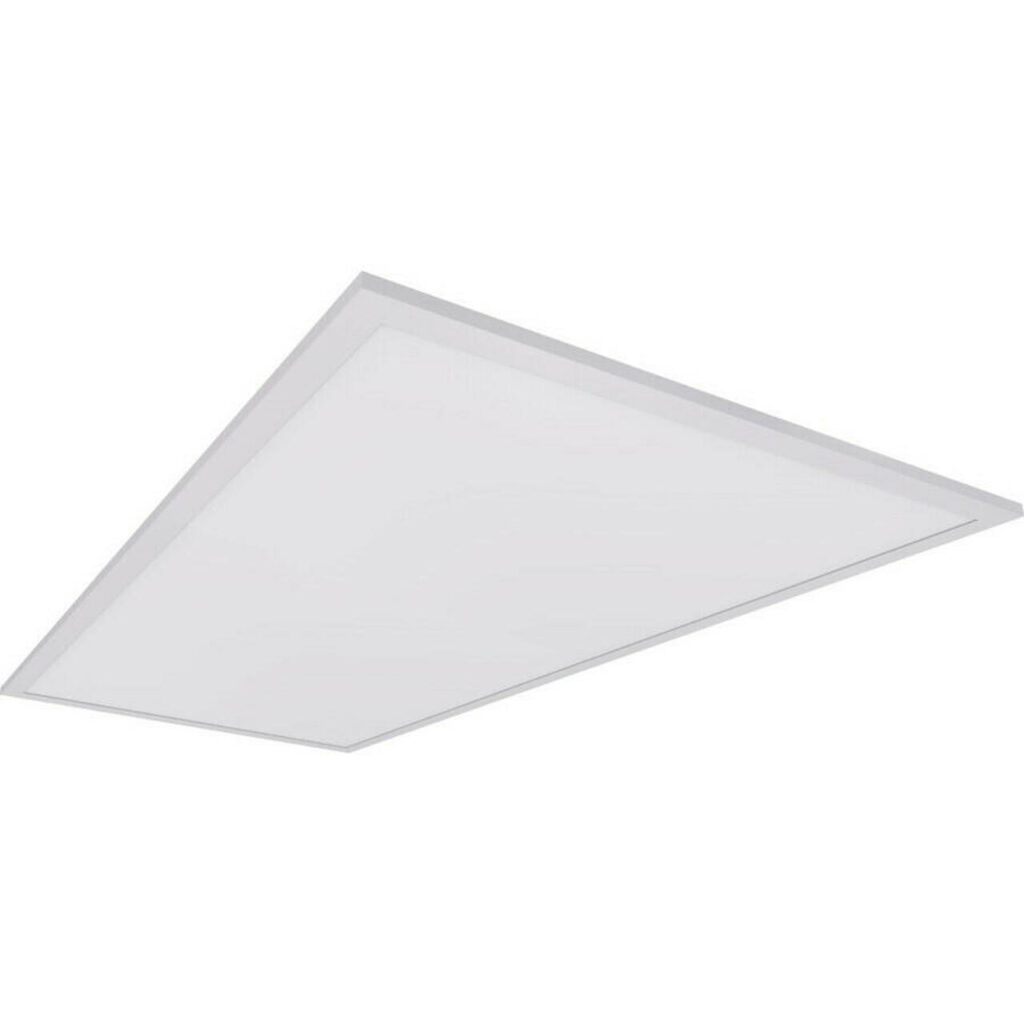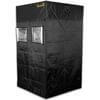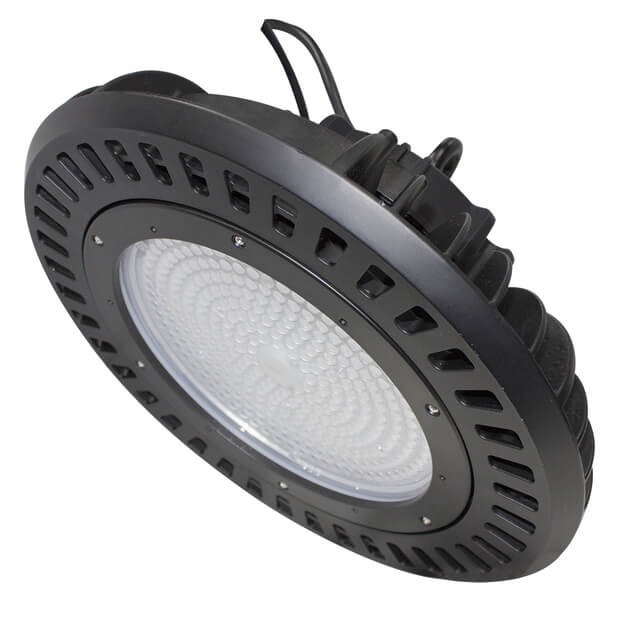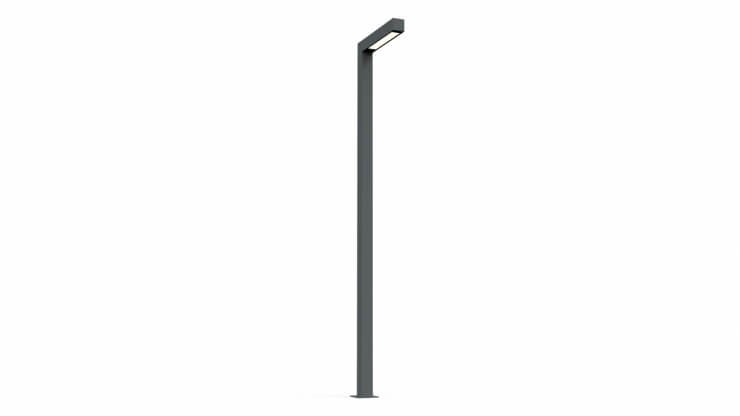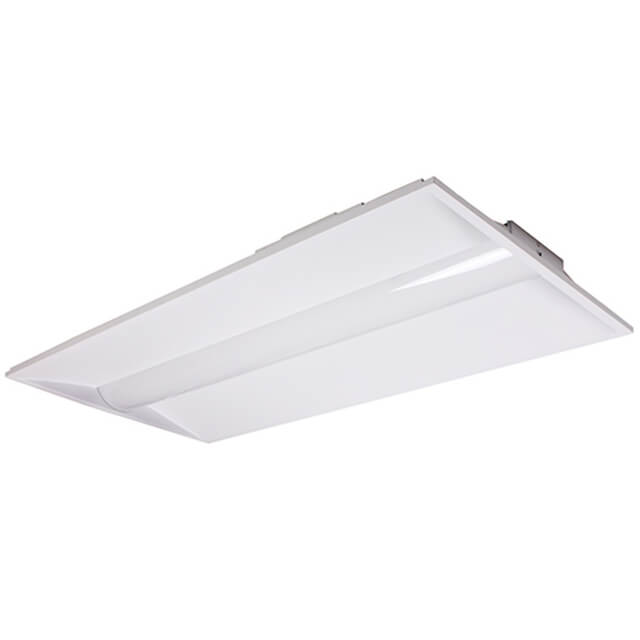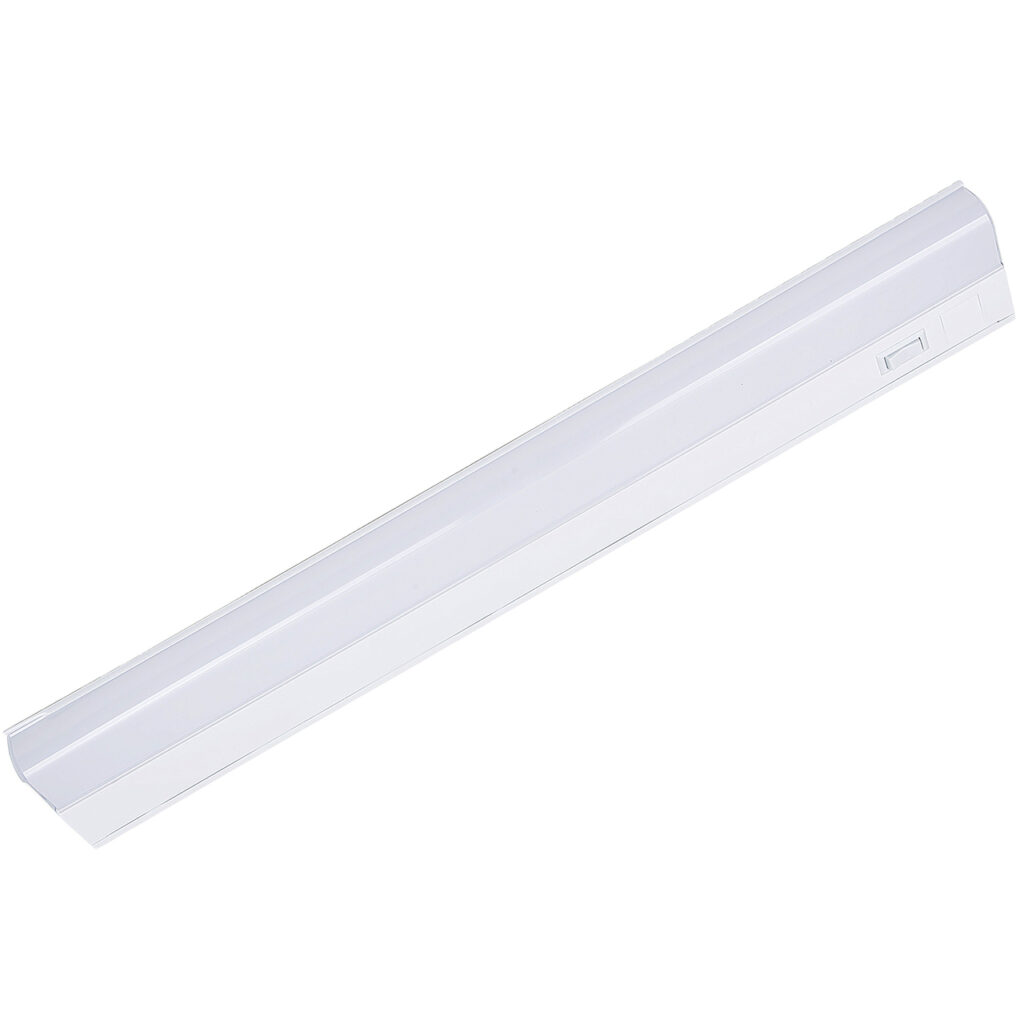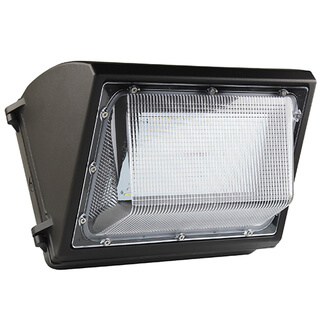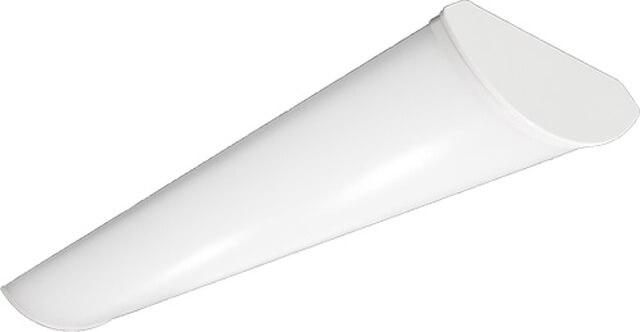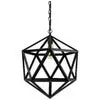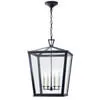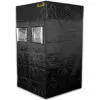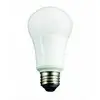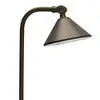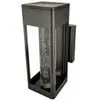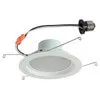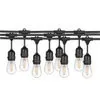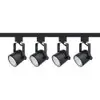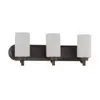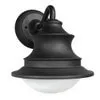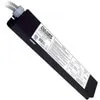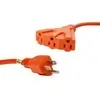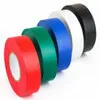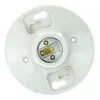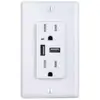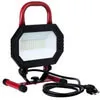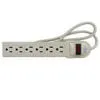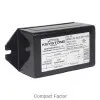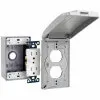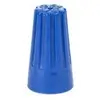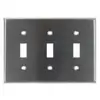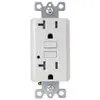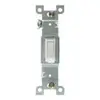The use of rope lights and strip lights for indoor and outdoor spaces is all the rage today! Rope lights and strip lights are both flexible lights that you can use creatively for residential lighting. They’re both long, thin pieces of lights; however, they’re manufactured differently and serve different purposes. Depending on your needs, you may choose one over the other.
In this article, we’ll be discussing the differences between rope lights and strip lights and help you decide on which one would be perfect for your application.
What is a Rope Light and How Does it Work?
A rope light is made up of many small light bulbs that are connected together inside a long, cylindrical, and transparent tube that is designed to protect them. Rope lights can be cut up and connected together to form any shape or design. A rope light kit will contain several loops of this tubing, each with its own power supply.
Rope lights are usually made up of LED bulbs and incandescent bulbs. They come in many different colors and are designed to be used both indoors and outdoors. Generally, it’s recommended to use LED rope lights instead of incandescent rope lights because LED lights last longer, consume very little energy, and emit a brighter, cleaner light.
How do you use rope lights?
Rope lights are perfect for illuminating any indoor or outdoor space because you can connect them to a long extension cord and place them pretty much anywhere. They’re perfect for wrapping around pillars, bushes, or other landscape structures. You can also use them to light up your fence or decorate the walls of your patio. They are perfect for outdoor lighting sculptures too! They’re also used in commercial spaces to illuminate shop windows, restaurants, showrooms, and more.
Rope lights are typically more expensive than strip lights but offer more versatility in installation. It is typically more suitable for installations where you don’t require uniform illumination of the same length, such as on a tree or wall. They’re great for outlining a mural on a wall, painting a portrait of a person on a window, or creating a figure on a swing hanging from the ceiling. Rope lights are also great for office lighting since they can be installed in different heights depending on how high elements need to be illuminated.
Rope Lights: Pros and Cons
Pros Of Rope Lights
- They come in many different colors.
- Long lifespan and low energy consumption if you choose the LED variant.
- You can connect them together to create different shapes and designs.
- 360 degrees lighting angle
- Flexible and durable
- Great for both indoor and outdoor use.
- Waterproof
Cons Of Rope Lights
- They’re usually more expensive than strip lights.
- The light output is less uniform than that from strip lights.
- The tubular casing can dim the lights
- Ropes turn yellow over time
What is an LED Strip Light and How Does it Work?
Similar to rope lights, LED strip lights are made up of small LEDs which are arranged in straight lines along a metal strip, usually aluminum. The only difference is that strip lights are constructed in a flat metal strip, while rope lights are usually constructed in a clear plastic tube.
Strip lights are very customizable as they come in many different colors, brightness settings, and they can be shaped into various shapes and sizes to create a design that’s just what you’re looking for. Strip lights or ribbon lights are usually more popular and affordable than rope lights.
How do you use LED strip lights?
Strip light cables are flat, so they can be easily bent and adjusted throughout installation and where lighting may be required at other angles. LED strip lights can fit perfectly in both indoor and outdoor applications. They can be used to provide general lighting for party events, backyard parties, or even holidays. Different patterns of lights are available with different colors, or they can be left plain white. They’re also perfect for decorating windows, walls, ceilings, furniture, ceilings of industrial buildings, and more. You can also use them as a part of any type of design or decoration piece. They provide long-lasting illumination for industrial buildings and industrial equipment used in factories.
Most people favor using RGB strip lights to illuminate their rooms as they can be set in numerous colors and patterns to create various looks in the room depending on your mood. LED strip lights are also very good for perimeter lighting, which is light installed in doorways, corners, edges of shelves, etc. LED strip lights are durable and long-lasting not only because of the fixture’s construction but because of the LED lighting technology found in the light bulbs.
LED Strip Lights: Pros and Cons
Pros:
- LED strip lights are durable and long-lasting.
- They can be used in both indoor or outdoor applications.
- Perfect for both residential and commercial spaces.
- Ideal for perimeter lighting, both indoors and outdoors.
- Usually more affordable than rope lights
- More flexible than rope lights
Cons:
- Only has a 120-degree lighting angle
- Loses waterproofing if cut
- Mounting adhesive can deteriorate overtime
Side by side comparison: Rope Lights vs Strip Lights
| Rope Lights | Strip Lights |
| Pros:●Good Durability and Lifespan
●Great for indoor and outdoor applications ●Good for both residential and commercial spaces ●Low energy consumption if you choose the LED variant. ●360 degrees lighting angle ●Flexible and durable ●Great for both indoor and outdoor use. ●Waterproof |
Pros:●Good Durability and Lifespan
●They can be used in both indoor or outdoor applications. ●Perfect for both residential and commercial spaces. ●Ideal for perimeter lighting, both indoors and outdoors. ●Usually more affordable than rope lights ●More flexible than rope lights ●Waterproof if uncut |
| Cons:●Usually more expensive than strip lights.
●The light output is less uniform than that from strip lights. ●The tubular casing can dim the lights ●Ropes turn yellow over time |
Cons:●Only has a 120-degree lighting angle
●The adhesive paste used for mounting can deteriorate over time. ●Loses waterproofing once cut |
Should you Get Rope Lights or Strip Lights??
Rope lights and strip lights are two different types of flexible lighting that provide a variety of uses. You can use either one of them to create the lighting effect you desire. In the end, it will all boil down to your preference and what you think works best for your setup.
They both have their own advantages and disadvantages, which might be the deciding factor that would influence which one you should purchase.
We hope this article helped you in making the right choice to suit your needs. If you are unsure and need more advice, feel free to get in touch with us and we’ll help you choose the best one for your needs.


